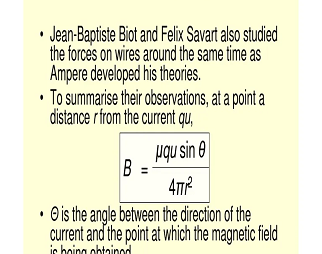Integrated Course AIIMS-SYLLABUS Chemistry syllabus Crystalline Solids
Crystalline Solids Crystalline solids are a type of solid material characterized by their highly ordered and repeating three-dimensional arrangement of atoms, ions, or molecules. This regular arrangement gives crystalline solids their distinct crystalline structure and various properties. Here are some key features and properties of crystalline solids: The study of crystalline solids is essential in…









